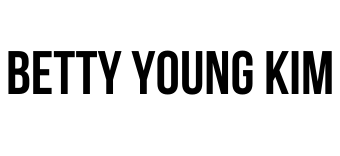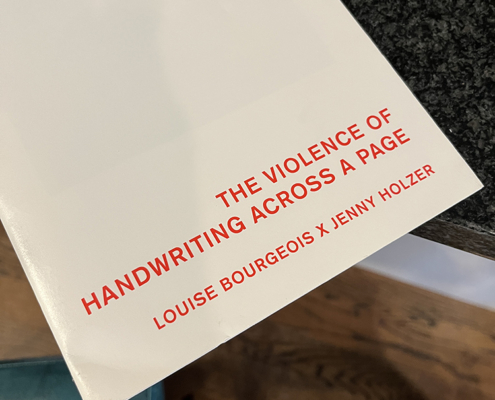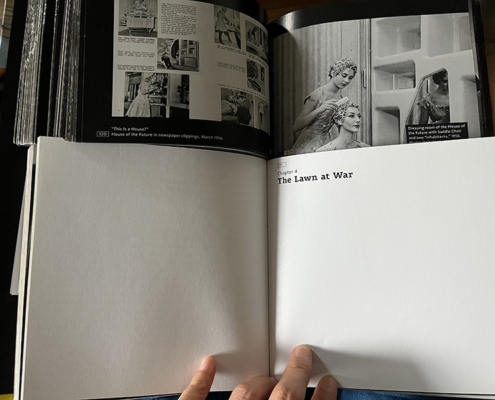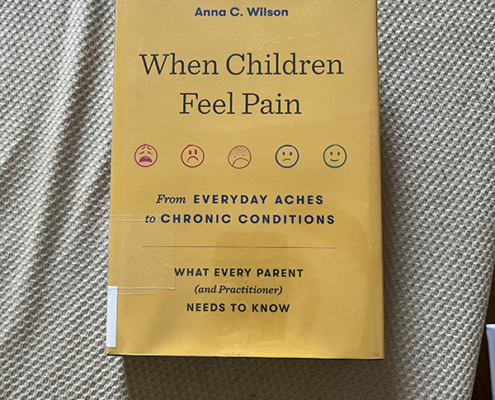Couture Korea
Website Upload: December 18, 2022 | Notes: June 18, 2021
Book Info.
Couture Korea (contains affiliate link)
Edited by Hyonjeong Han
Asian Art Museum, San Francisco
2017
Notes
“Undressing the Mind: The Past, Present, and Future Korean Fashion”
by Hyonjeong Kim Han
Hanbok attire in younger generations uses lots of colors and adds matching accessories. “The gaeryang hanbok of the 1980s and ‘90s had more subdued colors and its forms were simpler.” (3)
gaeryang hanbok – reformed hanbok
saenghwal hanbok – hanbok for daily life
shin hanbok – new hanbok
Basic components of women’s Korean traditional clothing – skirt (called chima) and jacket (chogori). (16)
“The first traditional formal attire that Korean children wear is for their first birthday celebration, called doljanchi.” (18)
Boys attire includes:
Jacket (jeogori)
Vest (baeja)
Overcoat (kkachi durumagi)
Sleeveless coat (jeonbok)
Trousers (baji)
Sash (doltti)
Peaked headpiece (hogeon) (18)
The highlight of the banquet is a ritual called doljabi. (21)
Fabrics of the Joseon Dynasty
“Most fabrics and textiles produced during the mid to late Joseon period were crafted from silk, cotton, hemp, wool, or union fabric (made of different warp and weft fibers). Silk was the most favored fabric of the elite class, and various weaving techniques were employed to produce silk fabric, including plain, twill, satin, leno, and double weaves. Silk fabric was first classified by degree by degumming and twisting and density of silk threads, and then subclassified by production place or other unique properties.” (23)
“Korean cotton fabric was renowned for its quality, and it was one of Korea’s main exports to Japan in 1400s to 1500s. Over twenty shipments of cotton were sent to Japan during the reign of King Seongjong (reigned 1469-1494). “ (23)
Most common cotton cloth is gwangmok, “which is woven with raw yarn without degumming.” (23)
“Toward a Definition of Koreaness”
by Minjee Kim
“The pieces of clothing comprising Korean clothing were mostly cut into rectangles. Even though the rectangular pieces were sewn together along diagonal or curved lines, the seam allowances, which would be trimmed in Western dress, were often folded in without being trimmed.” (36)
Social markers embedded in Korean fashion – “colors of women’s hanbok denoted wearer’s age, marital status, and even whether the wearer had a son or husband as a badge of pride in traditional society that highly favored patriarchy.” (36)
Korean bridal robe (hwarot). Think red long sleeves that you see at Korean weddings. Example: Jodie and Andrew’s wedding.
Hwarot were originally part of a princesses’ grand ceremonial attire, but in the late Joseon dynasty (1392-1910), women of all classes were allowed to wear them on the day of their wedding. [Hwarot] in a vivid red color uses superb embroidery techniques to pay homage to traditional wedding robes and their rich auspicious flora, fauna, and various marital motifs. The front of the dress is embroidered with peony, phoenix, and butterfly motifs, as well as lotuses and cranes. The lotus symbolizes purity, longevity, and good fortune, while the peony represents wealth and honor. Combined with the butterflies and cranes, they all wish for a joyful marriage.” (40)
“Bojagi are deeply embedded in the daily lives of Korean people, regardless of their social class. Most bojagi are made with specific objects, people, or functions (such as storage, travel, or gifting) in mind. By sewing together small cloth remnants of various shapes and skillfully arranging vibrant colors, their unnamed makers – quiet, humble, and devoted mothers, wives, and daughters – meticulously created stimulating designs akin to modern abstract art. Bojagi have historically been viewed more as craft pieces than artworks. Only in recent decades has their aesthetic value been recognized by the art world.” HMY (53)











Leave a Reply
Want to join the discussion?Feel free to contribute!